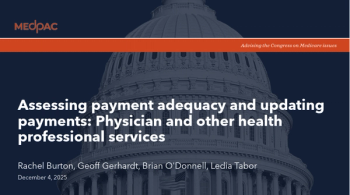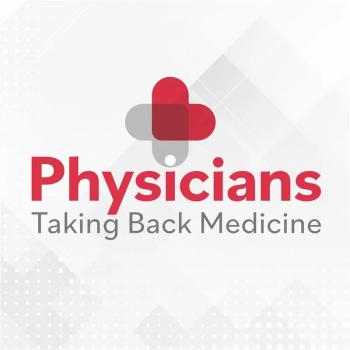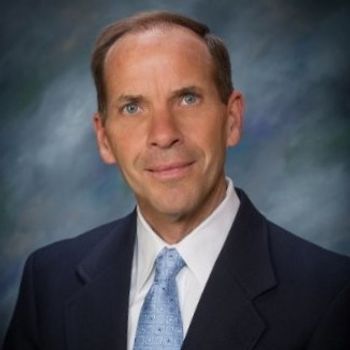
Healthcare financing is the next mortgage fiasco
Physicians face financial ruin if patients continue to access products they simply cannot afford.
Editor's Note: Welcome to Medical Economics' blog section which features contributions from members of the medical community. These blogs are an opportunity for bloggers to engage with readers about a topic that is top of mind, whether it is practice management, experiences with patients, the industry, medicine in general, or healthcare reform. The opinions expressed here are that of the authors and not UBM / Medical Economics.
Remember when banks granted mortgages to just about anyone who wanted to purchase a home, regardless of their finances? We learned the hard way that this economic model does not work from the legacy of the mortgage catastrophe that took years to mend.
This debacle is being repeated today in healthcare. Patients are sold a product-in this case, a high-deductible health plan-that they cannot afford. Patients simply don't have the disposable income to pay the high deductibles they're being sold. "Less than half of non-elderly, one-person households could pay $2,000 toward cost sharing from current liquid assets, while only about a third could pay $6,000," according to research from the Kaiser Family Foundation. Even Medicare, the federal government's insurance for seniors, provides evidence of the same problem: Medicare beneficiaries’ average out-of-pocket spending on health-related expenses consumed 41 percent of average per capita Social Security income in 2013, according to a January 2018 research study by the Kaiser Family Foundation.
As a nation, we have embraced once again the routine granting of financing to consumers who can’t repay it.
In healthcare, however, it is not financial institutions that are foreclosing on loans. Instead, physicians, who are working tirelessly to care and treat patients, are left with the daunting task of trying to collect money from patients who simply do not have it. Unlike regulated entities, no party oversees the magnitude and extent of the financial loss connected with these high-deductible plans. While employers and insurers benefit mightily from the premiums associated with these high-deductible health plans, physicians are losing their shirts. Sure, they can ask for payment and learn tools and techniques to collect, but many physicians are forced to provide deep discounts to patients or simply write off the patient financial responsibility as bad debt.
The efficacy rate for patient collections is abysmal; data show collections at four to 15 percent on the dollar-and personal experience confirms that. A five-physician practice with which I consult has written off $1.5 million for each of the past two years. And unlike a hospital or other facility that gains a tax advantage for this so-called "charity care," physicians have no tax benefit.
These high-deductible health plans mirror the mortgage disaster of a decade ago as "loans" are being made regardless of the consumer’s ability to repay the debt. Further, there is no systematic tracking of the millions of dollars written off every day on behalf of patients who owe physicians money. Just like the mortgage crisis, the signs are there – but hidden from view. As patient financial responsibility rises, this situation is not sustainable.
While the debate rages about the Affordable Care Act, we may be missing a much larger crisis on our hands that has the potential to take down the U.S. healthcare delivery system as we know it. Employers, insurers, and patients benefit from high-deductible plans, but physicians face potential financial ruin.
Newsletter
Stay informed and empowered with Medical Economics enewsletter, delivering expert insights, financial strategies, practice management tips and technology trends — tailored for today’s physicians.















